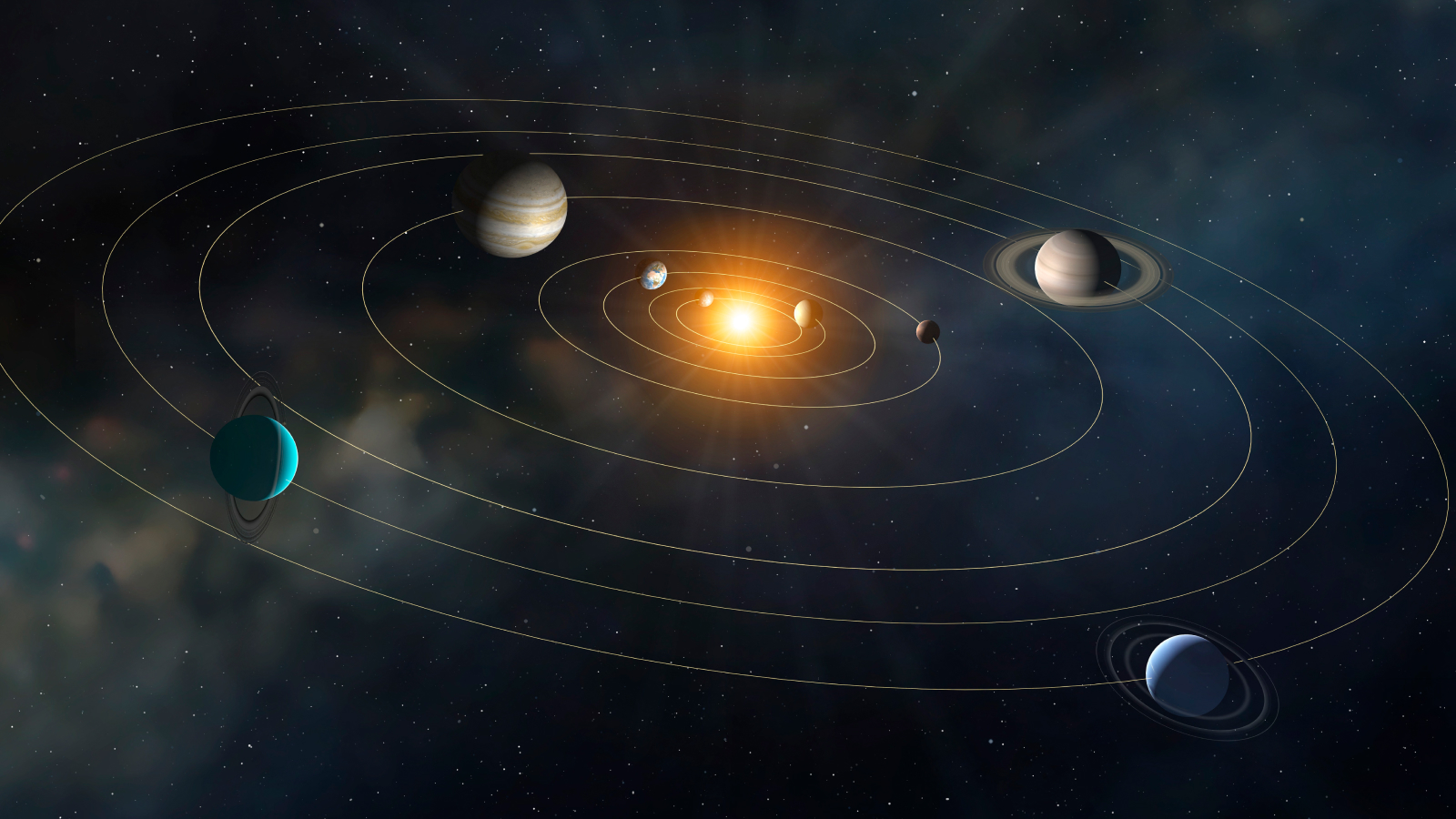The formation of our solar system began approximately 4.6 billion years ago with the gravitational collapse of a cosmic cloud. This event led to the emergence of a potent nebula, whose immense gravitational pull subsequently ignited the birth of the sun. However, the precise order in which the planets coalesced thereafter remains a significant point of scientific debate.
A central question in astrophysics concerns the developmental timeline of planetary systems. Scientists are actively exploring the evidence that distinguishes between planets that coalesced during the earliest phases of a system’s formation and those that emerged in later epochs.
Despite remarkable strides in space exploration, encompassing techniques like dating organic materials from extraterrestrial sources, numerous lunar visits, and extensive rover expeditions to Mars, planetary scientists are still grappling with a fundamental question: the definitive birth order of the solar system’s planets. Beyond their initial formation, several competing theories actively attempt to explain the precise sequence in which these celestial bodies emerged.
Determining time in the vast expanse of outer space presents an extraordinary and profoundly complex challenge, one devoid of simple solutions. This intricate task is, in fact, the most formidable undertaking in all of astronomy, as explained by Michael Meyer, chair of the University of Michigan’s astronomy department.
The formation of our solar system’s eight planets is most commonly attributed to a process known as accretion. This widely accepted theory describes how planets progressively grew as tiny particles of gas and dust collided and adhered to one another. Over time, this accumulation increased their mass, strengthening their gravitational pull and enabling them to expand into the substantial celestial bodies observed today.
A prominent theory, endorsed by NASA and premised on accretion, posits that the solar system’s colossal planets first began to coalesce in its outer reaches. As these gas and ice giants expanded, they gradually migrated outward. This outward movement created the necessary space for the inner, rocky, terrestrial planets to subsequently form. These smaller worlds materialized closer to the sun, millions of years later—a timeframe considered remarkably swift on an astronomical scale.
The formation of a gas giant planet demands a substantial amount of gas, equivalent to the mass of Jupiter, thereby establishing a firm upper limit on the timeframe for its creation, according to Meyer. If the formation process fails to begin quickly enough and the available gas disperses, a gas giant cannot materialize. This critical timing leads researchers to theorize that gas giants are typically the first planets to form within a stellar system.
Conversely, a rival hypothesis, the streaming instability model, offers a distinct explanation for how planets form. This theory suggests that planets accumulate mass more spontaneously, potentially leading to a fundamentally different sequence of developmental events.
Purdue University planetary scientist Cauê Borlina presents a hypothesis suggesting terrestrial planets may have formed ahead of their giant counterparts. He proposes that the growth of giant planets subsequently ceased as gas supplies dwindled, leading to what he described as a “chaotic buildup” in the aftermath.
The precise mechanism behind the solar system’s formation remains a subject of ongoing scientific debate. Compounding this uncertainty, the very methodology used to determine a planet’s age is far from straightforward.
Planetary scientists often approach the concept of a planet’s age from two distinct perspectives, according to MIT’s Gaia Stucky de Quay. While one method considers a planet’s origin or provenance, another focuses specifically on the characteristics of its surface.
Stucky de Quay proposes a distinct method for determining geological ages, prioritizing the “age of the surface” over a general timeline. This approach acknowledges that surfaces can be exceptionally ancient if well-preserved, or remarkably young if actively shaped by ongoing geological processes like plate tectonics.
Scientists determine a planet’s age, in part, by meticulously counting the craters visible on its surface. Under this methodology, Earth could be classified as the youngest planet, given its perpetually changing surface. Venus and Mars would then follow in terms of their apparent geological youth.
Current scientific capabilities limit the precise determination of planetary ages, allowing only estimations through existing dating methodologies. Given that even slight inaccuracies can represent millions of years within the universe’s expansive history, researchers are continuously gathering additional data and refining their techniques to construct a more accurate chronological understanding.
Physical samples are essential for comprehensively understanding the intricate process and timeline of planet formation, according to Borlina. While retrieving specimens from some celestial bodies poses considerable challenges, a unique opportunity exists with samples currently collected and awaiting transport back to Earth from Mars.







